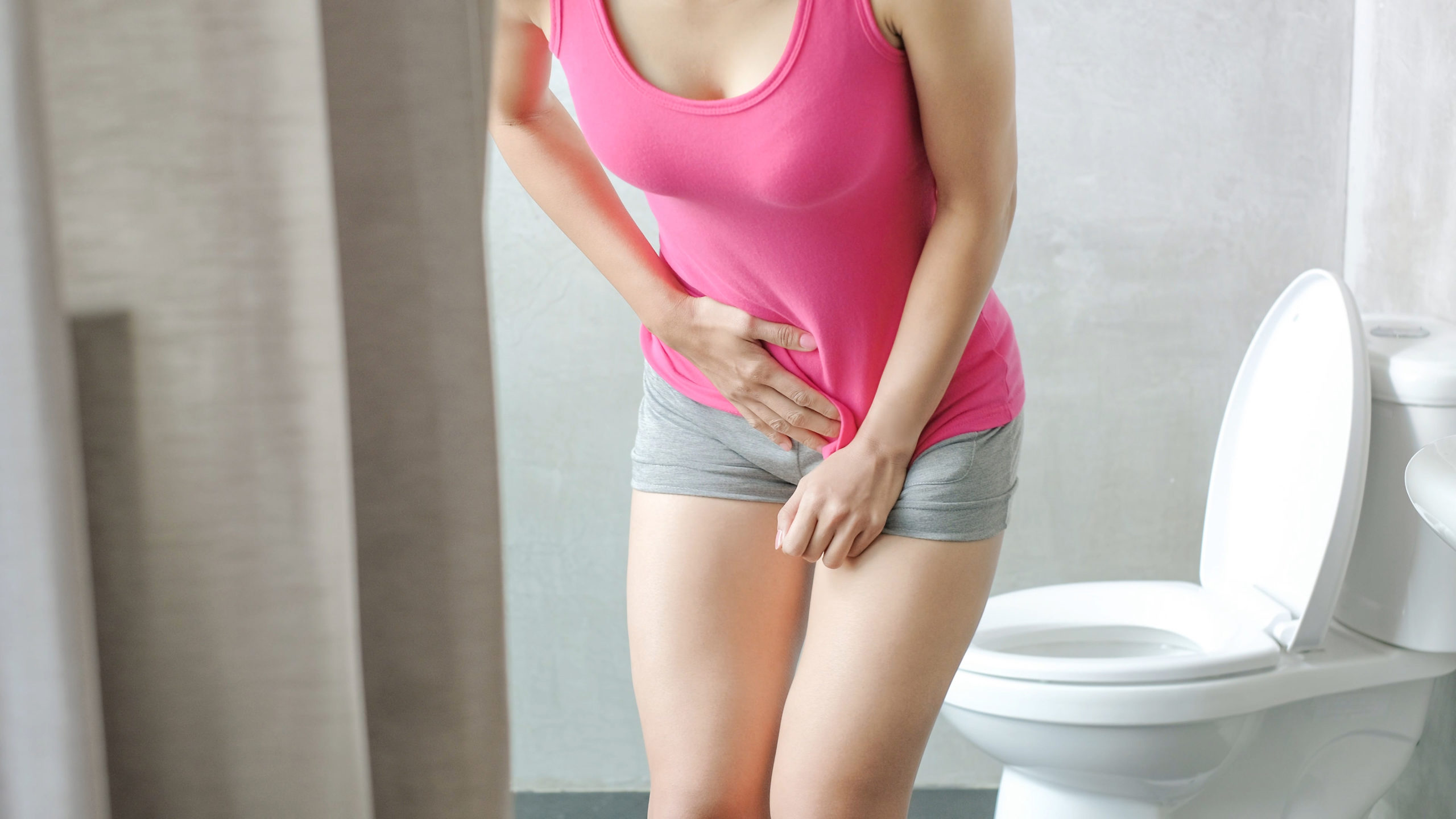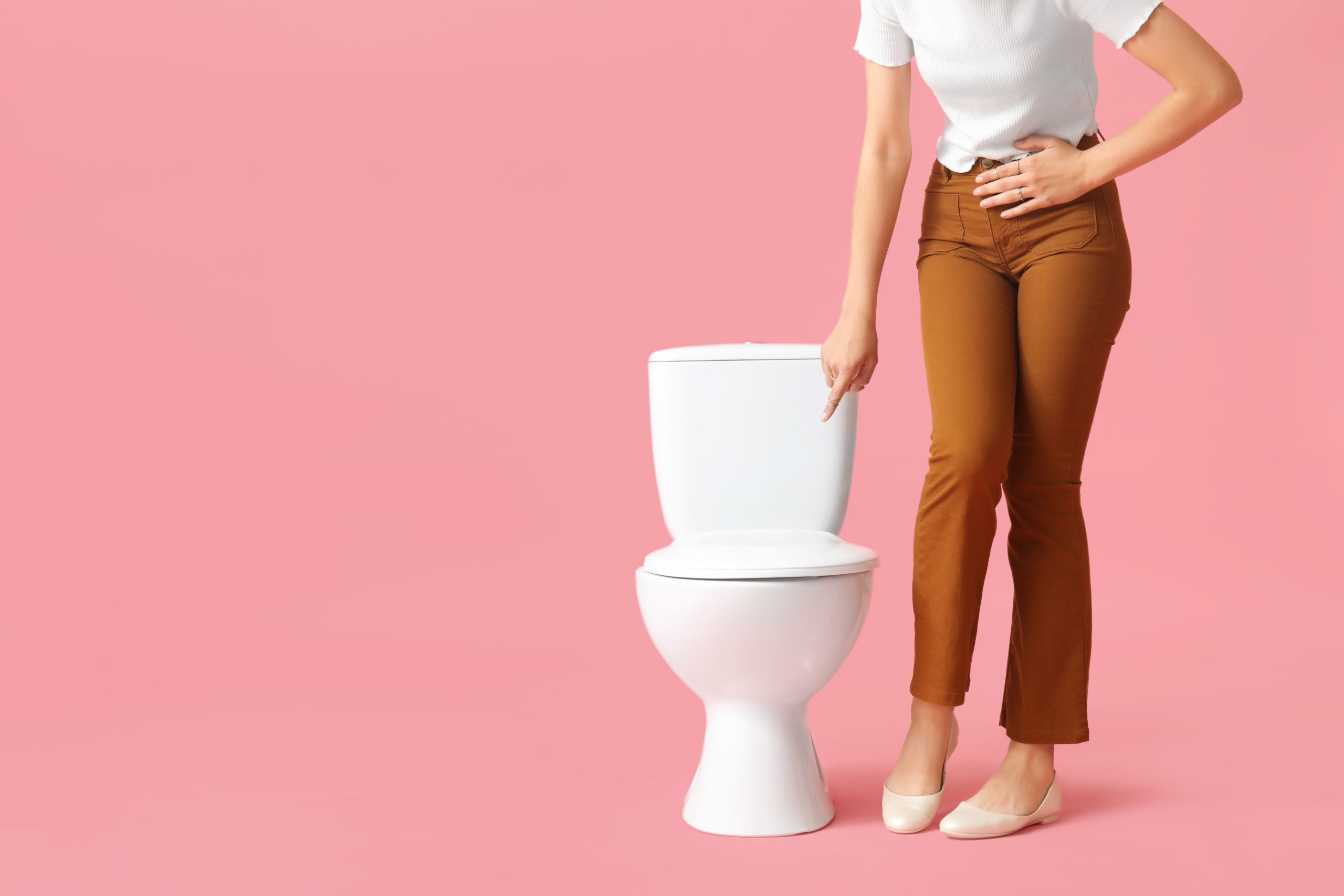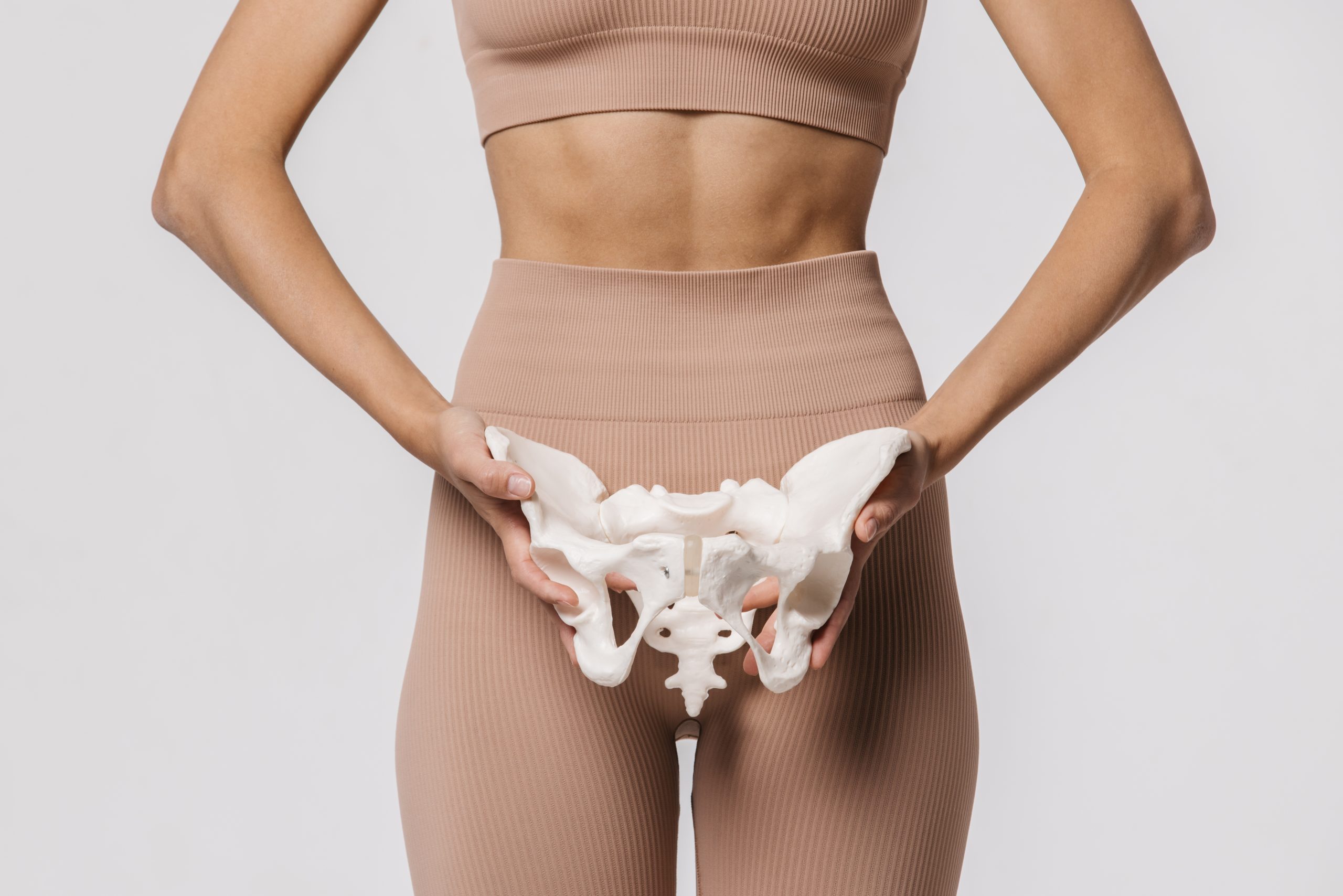
7 Treatments for Overactive Bladder
Today we will give an overview of the top 7 treatments for overactive bladder.
Overactive bladder, also called OAB, causes a frequent and sudden urge to urinate that may be difficult to control. You may feel like you need to urinate many times during the day and night, and may also experience unintentional loss of urine (urinary urge-related incontinence).
If you have an overactive bladder, you may feel embarrassed, isolate yourself, or limit your work and social life. The good news is that a brief evaluation can determine whether there’s a specific cause for your overactive bladder symptoms.
You may be able to manage symptoms of an overactive bladder with simple behavioral strategies, such as dietary changes, timed voiding and bladder-holding techniques using your pelvic floor muscles. If these initial efforts don’t help enough with your overactive bladder symptoms, additional treatments are available.
7 Treatments for Overactive Bladder
A combination of treatment strategies may be the best approach to relieve overactive bladder symptoms. Here are the top 7 treatments for overactive bladder:
1) Observation.
You may elect to pursue observation and not treat your symptoms based on whether your symptoms are bothersome to you or not.
2) Behavioral Therapies / Lifestyle Changes.
Behavioral interventions are the first choice in helping manage an overactive bladder. They’re often effective, and they carry no side effects. Behavioral therapies may include:
- – Maintain a healthy weight. If you’re overweight, losing weight may ease your symptoms. Heavier people are also at greater risk of stress urinary incontinence, which may improve with weight loss.
- – Limit foods and drinks that might irritate your bladder. Some foods and drinks that may irritate the bladder include caffeine, alcohol, tea, carbonated drinks, citrus juice and fruit, chocolate, spicy foods, and tomatoes. If any of these worsen your symptoms, it might be wise to avoid them.
- – Fluid management. Daily avoidance of excessive fluid intake. Drinking too much fluid can worsen your symptoms. We recommend asking your doctor what your daily fluid intake should be before working on fluid restriction.
- – Voiding schedule (“bladder retraining”). Daily treatment that requires time management. This option involves training yourself to delay voiding when you feel an urge to urinate. You begin with small delays, such as 30 minutes, and gradually work your way up to urinating every three to four hours. To begin a voiding schedule, start with keeping a log to document every time you urinate, the amount of urine for each void, each time you drink fluids and how much, and each time leakage occurs if it does occur. We recommend doing this for at least 2-3 days, but the more information the better. Your health care provider will create a voiding schedule based on your completed voiding diary and will adjust your schedule over time as your symptoms improve.
- – Kegel exercises / pelvic floor muscle exercises. Daily treatment that requires time management/commitment. Kegel exercises strengthen your pelvic floor muscles and urinary sphincter. These strengthened muscles can help you stop the bladder’s involuntary contractions. Your doctor, physical therapist, or an insertable transvaginal device ordered by your doctor (e.g., Leva) can help you learn how to do Kegel exercises correctly. Just like any other exercise routine, how well Kegel exercises work for you depends on whether you perform them regularly.
3) Alternative / Complementary Therapies.
- – There are over-the-counter supplements (no prescription required) available that are taken daily as a potential treatment for overactive bladder symptoms, such as UROX+ from Biote Medical.
- – To learn more about UROX+ dietary supplements, click here. UROX+ is available for purchase in our office and our online Biote store.
4) Medications.
- – Medications that relax the bladder can be helpful for relieving symptoms of overactive bladder and reducing episodes of urge incontinence. This option is a daily treatment that is not intrusive. Common side effects of most of these drugs include dry eyes and dry mouth, but drinking water to quench thirst can aggravate symptoms of overactive bladder. Constipation — another potential side effect — can aggravate your bladder symptoms. Most OAB medications carry an increased risk for dementia with prolonged use (i.e., taking for years), except two medications.
- – After the onset of menopause, vaginal estrogen therapy can help strengthen the muscles and tissues in the urethra and vaginal area. Vaginal estrogen comes in the form of cream, suppository, tablet, or ring, and can significantly improve symptoms of overactive bladder.
5) Percutaneous Tibial Nerve Stimulation (PTNS) (“Acupuncture”).
- – This procedure uses a thin needle that is placed through the skin near your ankle to send electrical stimulation from a nerve in your leg (tibial nerve) to your spine, where it connects with the nerves that control the bladder.
- – PTNS treatments are delivered once a week for 12 weeks to help treat symptoms of overactive bladder. Following the 12 weeks of treatment, you will likely need maintenance treatments every three to four weeks to keep symptoms under control.
6) Botox Bladder Injections.
- – This treatment is done approximately twice a year.
- – OnabotulinumtoxinA, also called Botox, is a protein from the bacteria that cause botulism illness. Used in small doses directly injected into bladder tissues, this protein relaxes the muscles. Studies show that it may be useful for severe urge incontinence. The temporary effects generally last six months or more, but repeat injections are necessary.
- – Side effects from these injections include urinary tract infections and urinary retention. If you’re considering Botox treatments, you should be willing and able to catheterize yourself if urinary retention occurs.
Click here to read more about Botox bladder injections.
7) Sacral Neuromodulation Therapy (“Pacemaker”).
- – Regulating the nerve impulses to your bladder can improve overactive bladder symptoms.
- – One procedure uses a thin wire placed close to the sacral nerves — which carry signals to your bladder — where they pass near your tailbone.
- – This minimally invasive procedure is often done with a trial of a temporary wire implanted under the skin in your lower back. Sometimes it may be done as an advanced procedure in which the permanent electrode is implanted and a longer trial is performed. Your doctor then uses a hand-held device connected to the wire to deliver electrical impulses to your bladder, similar to what a pacemaker does for the heart. If it helps with your symptoms, a permanent, battery-powered pulse generator is surgically implanted to help regulate the nerve rhythm.
- – This treatment option requires battery replacement every 10-15 years.
Support / Get Help
Living with overactive bladder can be difficult.
Educating your family and friends about overactive bladder and your experiences with it may help you establish your own support network and reduce feelings of embarrassment. Once you start talking about it, you may be surprised to learn how common this condition really is.
If you have overactive bladder symptoms and want to find out which treatment options are right for you, contact our office today to schedule a consultation. Dr. Peter Lotze and his team are here to help!
Preparing for Your Appointment
What you can do:
- – Keep a bladder diary for a few days, recording when, how much and what kind of fluids you consume, when you urinate, whether you feel an urge to urinate, and whether you experience incontinence. A bladder diary may help determine why you have to get up to urinate at night.
- – Tell your doctor how long you’ve had your symptoms and how they affect your day-to-day activities.
- – Note any other symptoms you’re experiencing, particularly those related to your bowel function.
- – Let your doctor know if you have diabetes, have a neurological disease, or have had pelvic surgery or radiation treatments.
- – Make a list of all the medications, vitamins or supplements you take; many medications can affect bladder function.
- – Write down questions to ask your doctor.
Connect With Us
Be sure to check our blog regularly for new posts, and follow us on Facebook and Instagram @PeterMLotzeMD for health and wellness tips and more!



